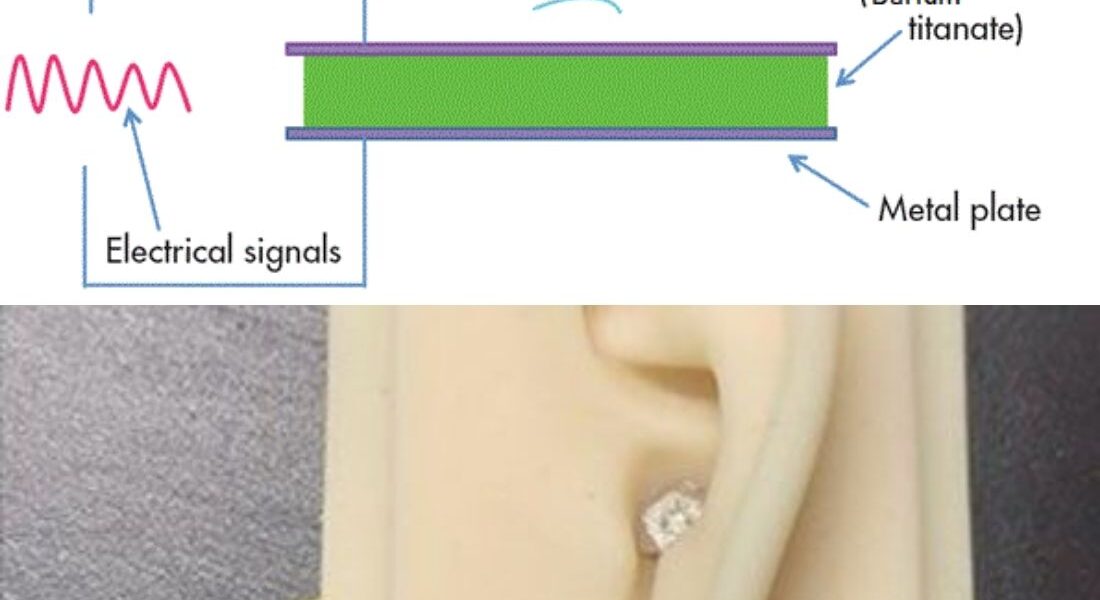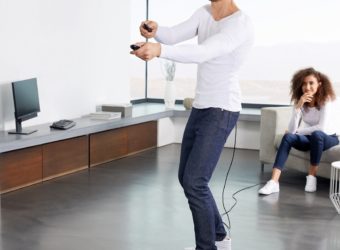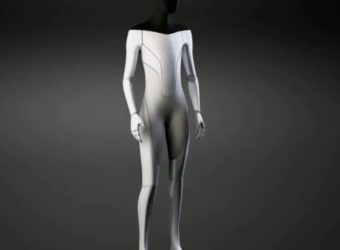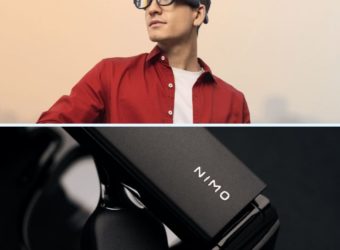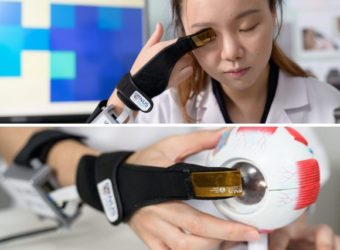You may have seen someone around you using a hearing aid with batteries. While it is a useful device for people with hearing difficulties, there are mainly two problems with battery-powered units: one, they that these are just useless without the energy, and two, hard-of-hearing people have to bear with burden of carrying the battery of hearing aid. To overcome this issue, scientists are now working to address the shortcomings by designing the units without batteries.
How the battery-free hearing aid works?
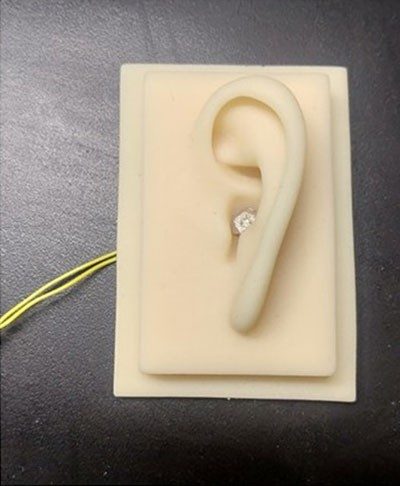
Researchers at Huazhong University of Science and Technology in China are working on the prototype device that will come integrated with a sponge, piezoelectric and triboelectric materials. The piezoelectric materials can generate electric currents when subjected to mechanical stress. Meanwhile, triboelectric devices can produce an electric charge on one material while preventing it from coming into contact with another material.
The scientists in China have coated the barium titanate nanoparticles with silicon dioxide and mixed them with a liquid conductive polymer. Further, these are dried into a flexible, thin film. Plus, an alkaline solution is used for dissolving the nanoparticles of the silicon dioxide shell while leaving the loosely placed particles in the holes of the polymer matrix.
After sandwiching the membrane in-between the two metal grids, it’s further irradiated with sound waves. Those sound waves make the entire membrane vibrate to and forth while generating an electrochemical impulse because of the piezoelectric effect.
The piezoelectric material works as Chochlea as the both generates an electric impulse when sound wave hits their membrane. The impulse is carried by neurotransmitters to the brain for interpretation.
Furthermore, the frictional charges get generated when nanoparticles bounce off the walls of the polymer chamber. The latter gets increased with the total electrical output of the given membrane by 55-percent as compared to what’s possible along with the piezoelectricity.
The team has even tested the device by integrating it into a human ear scale model and playing various sounds and music on it. When the electrical signals are generated by this prototype get turned into a digital audio file, the results turn out to be the same as the original music. It is also noticed that the device is sensitive to varying acoustic ranges. So, it can pick up most sounds that are within the human audible range.
